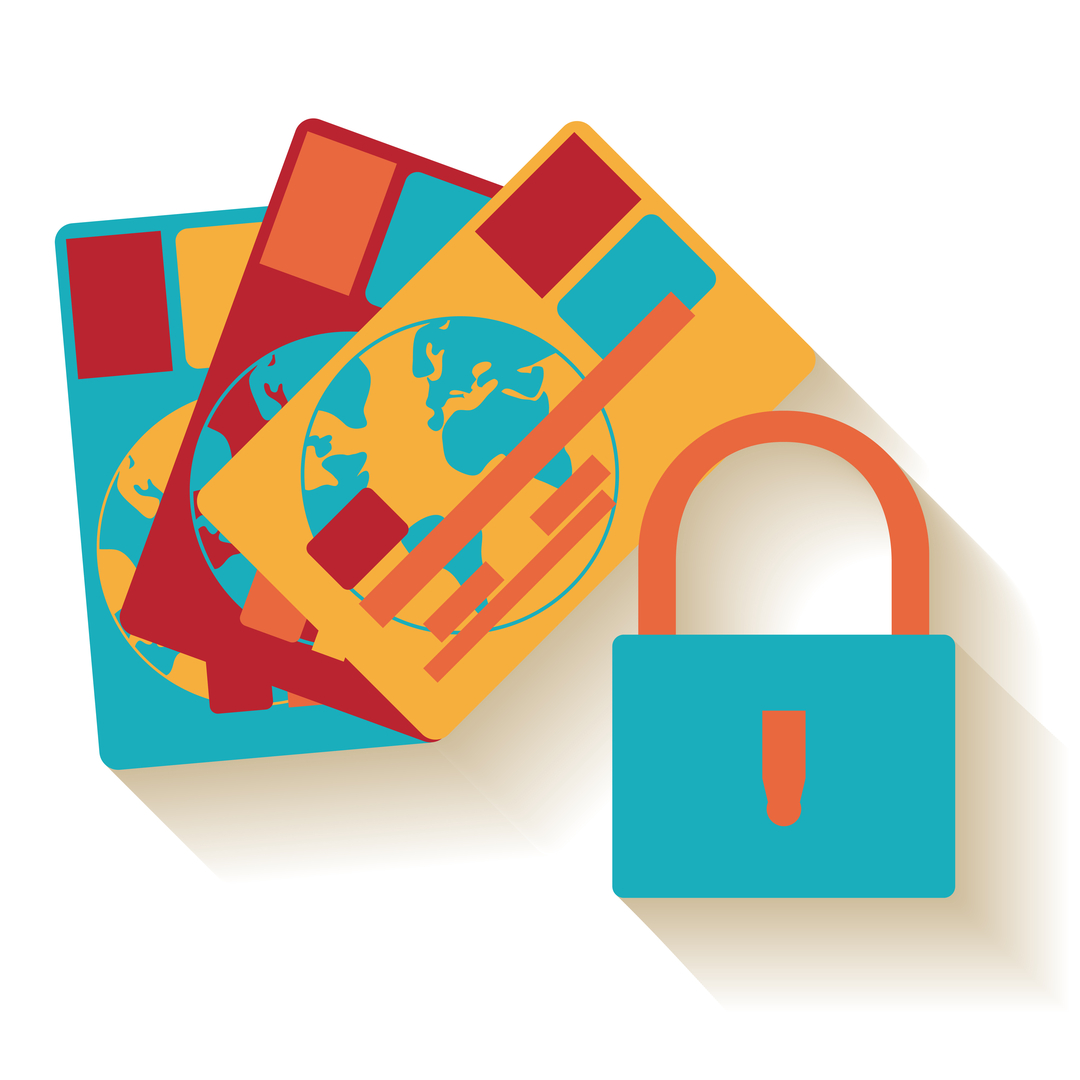With so many people shopping online for goods and services, it is crucial to have a quality website with excellent user experience to ensure conversions.
A conversion is a valuable type of action taken by a customer or potential lead on your website. It may be a purchase, a sales enquiry, or newsletter subscription.
As a premium and experienced eCommerce Website Builder, eFusion factors all these consideration into our work.
1. Design
The visual design is one of the most important aspects of your ecommerce website.
A good design should achieve the following for your website:
- A unique, visually attractive memorable visual identity. Humans have a strong visual memory and recall – you want visitors to remember your business’s unique website – not your competitor’s.
- Complement and enhance your text content, and therefore achieve clearer and more effective communication.
- A pleasant user experience. Customers should find it easy to navigate your website, locate the products and information they seek, and take the necessary actions to make a complete a purchase
- Build trust with your customers. A well-designed, vibrant and professional-looking website shows that the business owners care about how they present themselves to the world. Just as you would not want to eat at a dirty restaurant, people will not feel assured to make purchases from a website that looks sloppily constructed.
Many people think design is just simple “eye candy” that has low value, and therefore opt to cut costs in this area by doing DIY tweaks to an off-the-shelf templates or employing a low-cost freelancer to “jazz up the look and feel”. Usually, these results in shoddy looking websites which may have strange or convoluted front-end user interfaces.
In the world of highly competitive ecommerce, if a website is confusing, users will quickly leave the website and seek their desired product elsewhere.
Invest in a good design customized just for you by a reputable professional web designer. Work closely with the designer and let them know your desired goals and what you would like to achieve. A good designer will be able to suggest good solutions for your goals.
2. Product Strategy & Selection
What should you sell? It is vital to curate your product offerings carefully and to review them from time to time.
Besides ensuring that your products it meets the needs and wants of the market, analyze your products’ unique selling characteristics. These are factors and value propositions which show why the product is better than its competition. These unique selling propositions must be communicated clearly throughout your website.
It is tempting to think that the best way is to cover all bases and offer the largest variety of goods possible. You may think that providing more choices for the customer will lead to higher sales as there will be something for everyone.
However, having too wide a selection may cost you in the long run. Studies show humans experience choice overload when presented with too many options. This results in mental fatigue and giving up before a purchase decision is made. A customer may feel frustrated when he/she has too many options to compare between and choose from. Instead of deciding on a purchase quickly, they may leave and delay the purchase for another time.
Limiting the choices available will help the customer to zero in on a desired product quickly. An example of a company that does this very well is Apple. The product range is deliberately kept simple with each product being easy to differentiate from the others. Non-tech-savvy customers can easily identify what would best fit their needs and without spending hours researching and comparing technical data.
3. Detailed Product Pages and Descriptions
In online retail, your customers are not able to touch, feel, smell and otherwise examine the product in person. Therefore, it is important to support your product page with clear visuals and detailed descriptions of the product.
It is better to provide slightly too much detail instead of too little. Do not assume that some information is “universally understood” and do not need to be stated clearly. Your customers may not have the same level of familiarity of the product as yourself and what is obvious to you may not be so.
Detailed descriptions show that a retailer is thoughtful, knowledgeable and meticulous, which builds trust and increases conversion rates.
Visuals are a priority. Do not underestimate the power of strong product photography.
Good product photos should be taken against a neutral background and present the product clearly on all sides. There should not be any odd shadows, color cast or distracting reflections on the product. The photo resolution should be large enough for the customer to zoom in and examine the fine details clearly. If the item has textured, the texture should be clearly depicted in the photo.
It is also helpful to include photos of the product in its intended use context. For example, if it is a bag, show it being worn on a person, and being filled with books and belongings. For home décor such as a vase, you may want to style it with a matching side-table and houseplants. These in-context shots help your customers to understand the product’s physical size and suggest ideas for its use. They can also be used to up-sell and cross-sell related items, as well as to invoke emotional desirability by relating it to lifestyles.
With the advent of high speed internet and popular video streaming platforms, many retailers are opting to produce video presentations of their products. This is a good way to provide more detail and clarity for your customers.
A video may be a simple presentation rotating the product or operating it, or you may want to have a staff member present a demonstration of the many features and functions of the product. It all depends on the nature of your products.
For clothing items, it is especially helpful to include video clips of the garment being modelled. These allow the customer to see the movement and flow of the fabric in motion, and to understand how it will fit on a person. Indicate the size of the garment and your model’s measurements (height/weight) to allow your customers to easily compare the sizing and fit to their bodies.
Here is a list of possible product details you may want to include for your ecommerce store:
- Product name – give your product a memorable and unique name
- Physical dimensions
- What it’s used for, and how to best use it
- Materials used, whether it is recyclable or eco-friendly, vegan-friendly etc.
- Features and unique qualities
- Suggested add-ons, accessories or refills if any
- Care, washing, or maintenance and repair instructions
- Cautions or safety warnings, safety certifications and awards
- Whether it was featured in any prominent publications or news
- Your return policies, warranties or guarantees
- Shipping information – e.g. if it requires special handling or has region restrictions
Try to anticipate the common questions and concerns of your customers and address them in the product description as much as possible. It is good to include a link to your Contact page with a reminder that they can contact your customer service team if they have additional questions.
You may also create FAQ pages if the information is too long to fit within a single product page, and create a hyperlink to the FAQ on the product page.
4. Security
Theft of credit card details and personal data is a highly lucrative crime. Cybercriminals are drawn to poorly-secured e-commerce website like flies to honey.
Any security breach is a critical event. In addition to monetary losses from fraud and website downtime, the damage to your business’ reputation could be impossible to recover from. Word spreads quickly in the online world and there have been many cases of customers boycotting online stores which were slow to address security breaches.
Furthermore, depending on your country’s legislation, you may be liable for fines for not taking adequate steps to ensure your customer’s data security. In some countries such as the United States, civil class-action lawsuits may also be taken against e-commerce retailers.
As the business owner, it is critical to have comprehensive internal policies and processes for handling sensitive customer information. Ensure that your employees are trained and familiar with the policies and update them regularly.
Put in place good IT security practices. These include
- Ensuring all work computers are up-to-date and have reputable anti-virus software installed
- Securing your internal network
- Using access control – employees should not have unnecessary access to advanced functions or user roles not within their job scope
- Using strong passwords, not re-using the same passwords, and changing passwords regularly
- Using two-faction authentication methods whenever possible
For ecommerce websites, it is important to:
- Ensure your web server’s security. This should be handled either by an experienced System Administrator with the requisite know-how or by a trusted commercial vendor with a strong customer service team.
- Back up your website regularly, and download and store the backups in a secure location. Multiple storage locations are ideal in case one of the storage fails. We recommend backing up at least once a month or more if your e-commerce store has high traffic. There are many tools available to schedule automated backups. Remember to test your back up files regularly to make sure they are valid and working fine – it would be disastrous to find out an archive is corrupted only when you need it the most.
- Perform software updates to the e-commerce content management system and all plugins regularly. Remove any unnecessary plugins and vet all plugins carefully before installation — do not install plugins from non-reputable sources.
- Ensure that your website is secured by an up-to-date SSL certificate. This ensures that data transmitted is encrypted and not exposed to prying eyes. SSL certificates expire and must be renewed on time to ensure continued protection.
- If the nature of your business is exceptionally high-risk, you may consider additional security measures such as installing a Web Application Firewall (WAF). The firewall is an additional piece of software protection that monitors, analyzes and blocks suspicious activity from your website in real-time. WAF can costly but could be good value as some providers also offer additional bundled services such as backups. Weigh the costs against your business’ threat model and risk profile.



